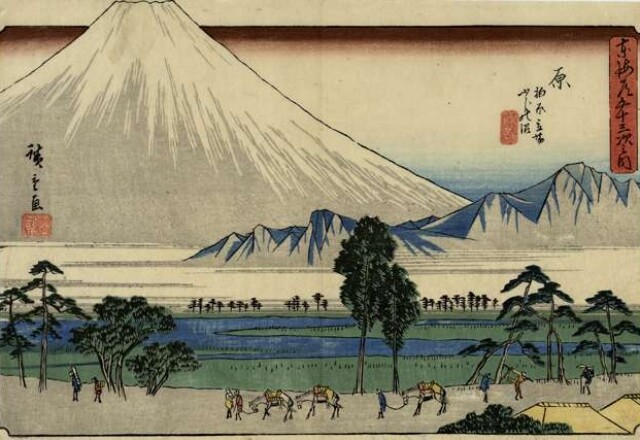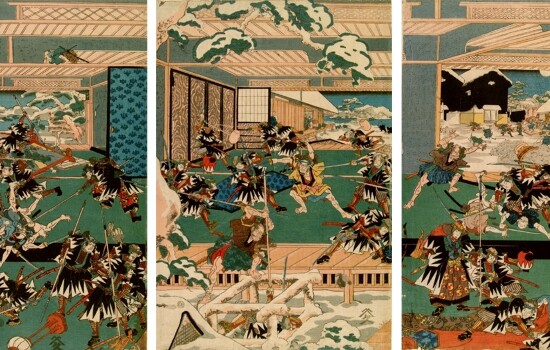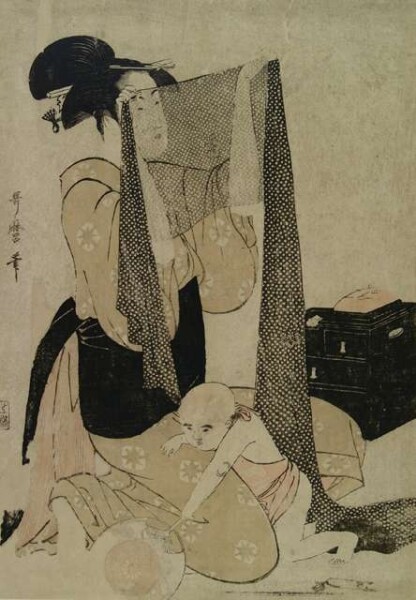Print Study Room Open Viewing
Each semester, the MOA showcases original works on paper in the Print Study Room on select dates for open viewing and study. This resource is designed specifically to give GE teachers more ways to engage with the MOA’s permanent collection.
Normally open by appointment only and located on the lower level of the MOA, the Print Study Room will be open Wednesday – Friday from 10 AM to 4 PM during these weeks for faculty and student convenience in seeing these works.
The Print Study Room is located on the lower level of the Museum of Art, at the entrance to the From the Vault exhibition (around the corner from the restrooms). Individuals should check backpacks at the front desk of the Museum on the main floor, as they are not allowed inside the Print Study Room. Pencils may be brought into the Print Study Room.
This Semester's Schedule
Print Study Room: Dürer
Print Study Room: Rembrandt
PRINT HIGHLIGHTS
Albrecht DÜRER
One of the greatest artists of the Renaissance, Albrecht Dürer (1471-1528) refined the woodcut medium. The son of a goldsmith, Durer mastered traditional techniques to produce innovative compositions that reflect the era of Reformation and redefined the art of northern Europe. This week of Open Viewing at the Print Study Room is a special collaboration between Dr. Martha Peacock and Dr. Elliott Wise’s Art History 540R graduate seminar classes who did research on the works and wrote the featured labels.
Rembrant Van Rijn
Prints by the celebrated seventeenth-century master Rembrandt will be on display in the Print Study Room. Few artists captured the emotion and psychology of his subjects as Rembrandt van Rijn (1606-1669). One of the great religious artists in western history, Rembrandt used the distinct techniques of the etching medium to bring new relevance and accessibility to revered sacred themes as well as the images of daily life.
JAPANESE WOODBLOCK PRINTS
Woodblock printing was widely adopted in Japan during the Edo period (1603-1868). Most of the prints within our permanent collection fall within this time period. The majority of them are excellent examples of “Ukiyo-e” images, roughly translated as “pictures of the floating world,” referring to scenes of leisure, entertainment, and everyday life in Japan.
19th-Century and Modernism Prints
The BYU Museum of Art’s print collection boasts examples of many prominent art styles of the 19th and 20th centuries, including Cubism, Pop Art, German Expressionism, and Surrealism. Artists such as Pablo Picasso set the stage for a century of experimentation and innovation that explored how space, emotion, and popular culture could be reflected in art. Modernist prints on display this semester include the following (as well as works by Warhol, Herron, Calder, and Picasso, which are not displayed due to copyright and other restrictions):




































